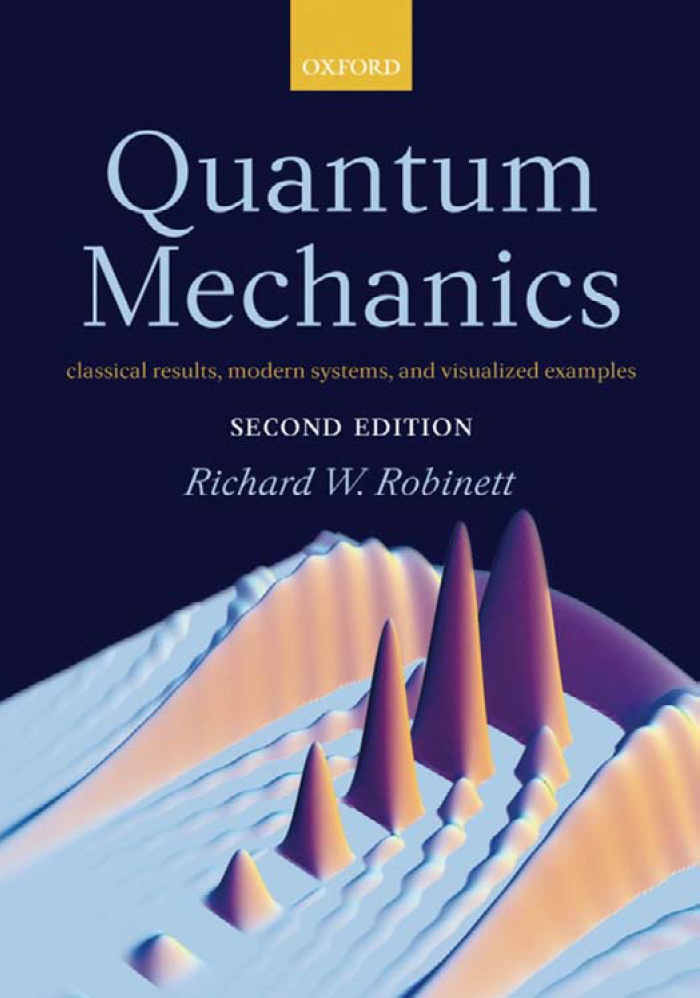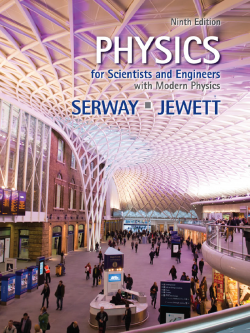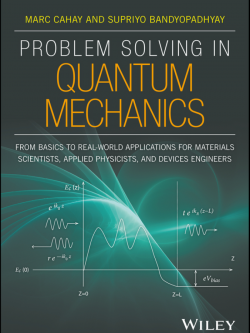Description
One of the hallmarks of science is the continual quest to refine and expand one’s understanding and vision of the universe, seeking not only new answers to old
questions, but also proactively searching out new avenues of inquiry based on past experience. In much the same way, teachers of science (including textbook
authors) can and should explore the pedagogy of their disciplines in a scientific way, maintaining and streamlining what has been documented to work, but also improving, updating, and expanding their educational materials in response to new knowledge in their fields,in basic, applied, and educational research. For that
reason,I am very pleased to have been given the opportunity to produce a Second Edition of this textbook on quantum mechanics at the advanced undergraduate level.
The First Edition of Quantum Mechanics had a number of novel features, so it may be useful to first review some aspects of that work, in the context
of this Second Edition. The descriptive subtitle of the text, Classical Results, Modern Systems, and Visualized Examples, was, and still is, intended to suggest a
number of the inter-related approaches to the teaching and learning of quantum mechanics which have been adopted here.
Many of the expected familiar topics and examples (the Classical Results) found in standard quantum texts are indeed present in both editions, but we
also continue to focus extensively on the classical–quantum connection as one of the best ways to help students learn the subject. Topics such as momentumspace probability distributions,time-dependent wave packetsolutions, and the correspondence principle limit of large quantum numbers can all helpstudents use their existing intuition to make contact with new quantum ideas; classical wave physics continues to be emphasized as well, with its own separate chapter, for the same reason. Additional examples of quantum wave packet solutions have been included in this new Edition, as well as a self-contained discussion of the Wigner quasi-probability (phase-space) distribution, designed to help make contact with related ideas in statistical mechanics, classical mechanics, and even quantum optics.
An even larger number of examples of the application of quantum mechanics to Modern Systems is provided, including discussions of experimental
realizations of quantum phenomena which have only appeared since the First Edition. Advances in such areas as materials science and laser trapping/cooling





